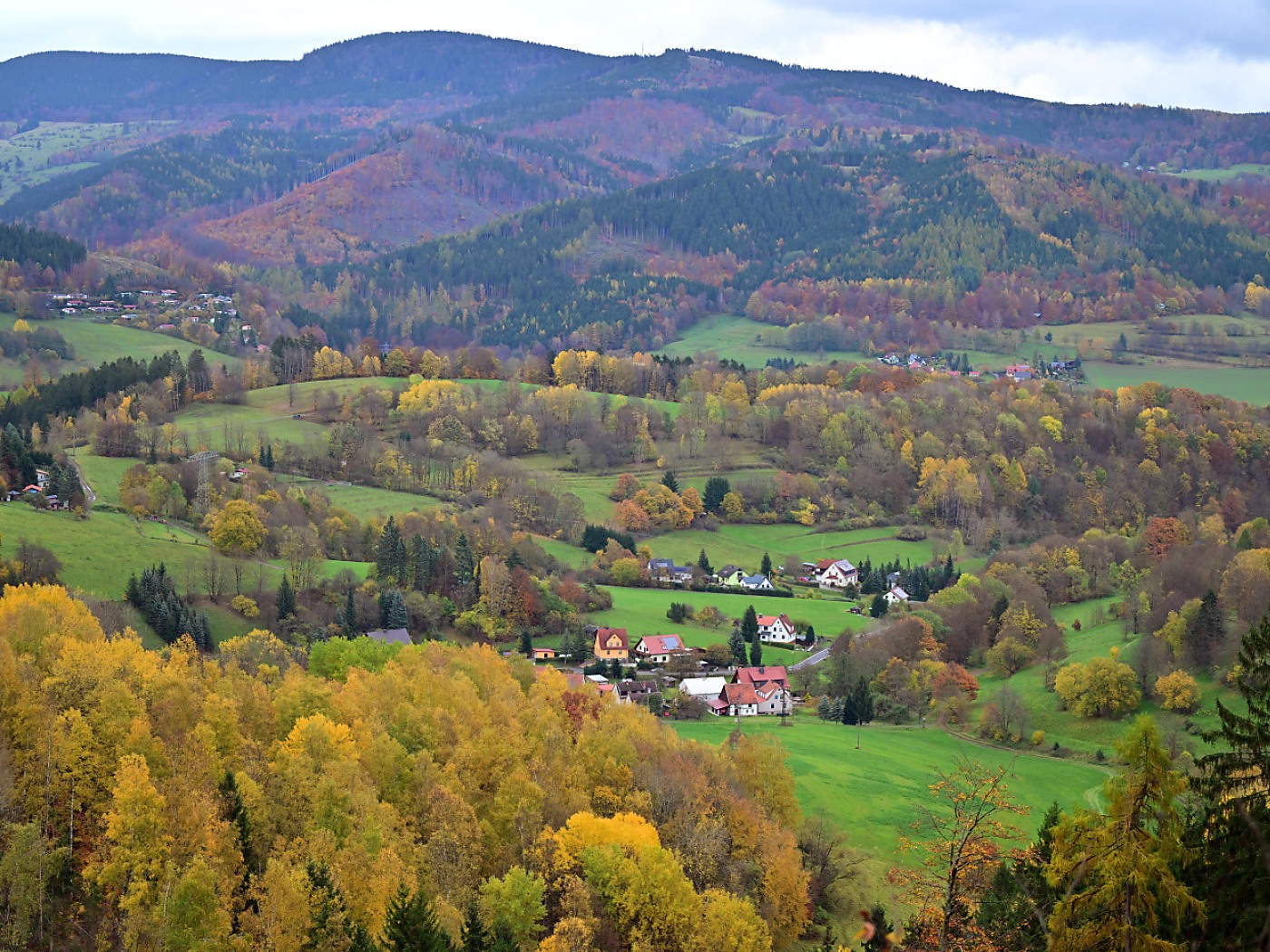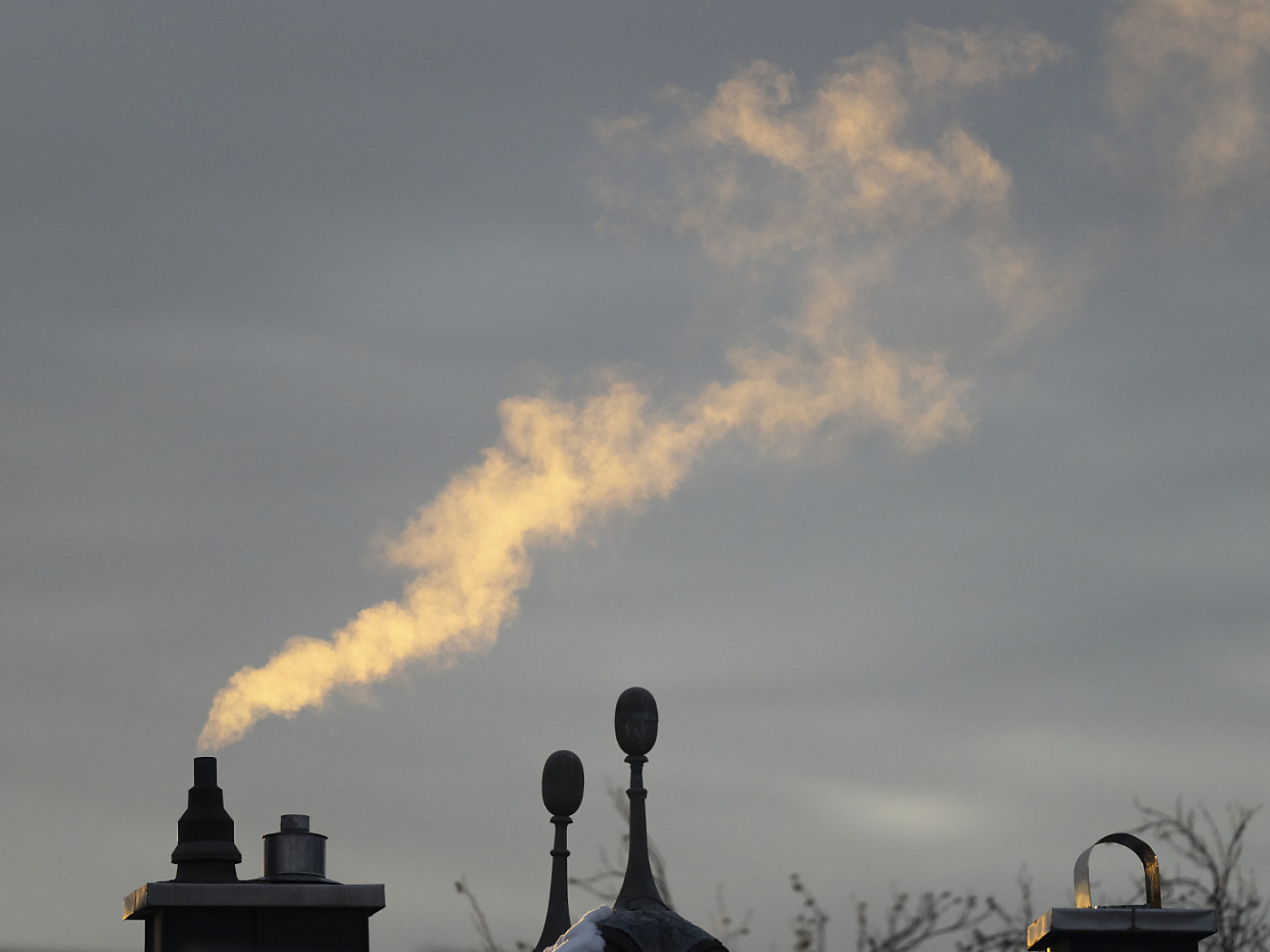Palm borer moth threatens Ticino vegetation

The presence of the palm borer moth has been confirmed in Ticino, southern Switzerland. The pest, which originated in South America and is already present in several regions of southern Europe, poses a serious threat to many species of palm tree.
While the palm borer moth (Paysandisia archon) is a threat to exotic ornamental palms, which are themselves highly problematic invasive species, it is also a threat to the European fan palm (Chamaerops humilis), a species that is important to Mediterranean ecosystems, the Ticino department of land said on Monday.
The damage caused to the plants is due to the activity of the larvae, which dig tunnels in the heart of the palm tree, feeding on it and weakening the attacked individuals until they die.
+ Exotic palms in southern Switzerland displace native species
The presence of the moth has so far been confirmed in the Locarno region and in Lugano. The species affected are the widespread and invasive windmill palm (Trachycarpus fortunei), the Mexican blue palm (Brahea armata), the European fan palm and the Canary Island palm (Phoenix canariensis).
However, experience from other affected areas suggests the possibility that all palm species adapted to the environmental conditions in Ticino are affected, with the exception of dwarf palms of the genus Chamaedorea.
The relatively high number of palms attacked in Brissago suggests that the moth has already been present for several years. Its arrival is probably due to the importation of infected trees.
Eliminating infested trees
Given the current state of knowledge, the best strategy seems to be to monitor the possible presence of the insect and its damage to palms. When this is confirmed, the most effective measure for slowing its spread is to eliminate the affected trees.
+ The menace behind the windmill palm
It is suggested that palm trees be felled as soon as the first symptoms appear. The apical part of the trunk (around 60cm from the top of the palm) should then be separated from the leaves and placed in a hermetically sealed bag to prevent the larvae or adult moths escaping, advises the department of land.
The resulting material should be disposed of at the cantonal incinerator in Giubiasco. This measure should make it possible to protect non-invasive ornamental palm species for as long as possible, bearing in mind that there are currently no effective biological or synthetic plant protection products approved for use in Switzerland.
Discoveries of affected plants should be reported to the email address of the Invasive Alien Organisms Working Group, dt-spaas.neobiota@ti.ch, specifying the location of the discovery, the number of affected plants and attaching photographs.
This news story has been written and carefully fact-checked by an external editorial team. At SWI swissinfo.ch we select the most relevant news for an international audience and use automatic translation tools such as DeepL to translate it into English. Providing you with automatically translated news gives us the time to write more in-depth articles. You can find them here.
If you want to know more about how we work, have a look here, and if you have feedback on this news story please write to english@swissinfo.ch.

In compliance with the JTI standards
More: SWI swissinfo.ch certified by the Journalism Trust Initiative


















You can find an overview of ongoing debates with our journalists here . Please join us!
If you want to start a conversation about a topic raised in this article or want to report factual errors, email us at english@swissinfo.ch.